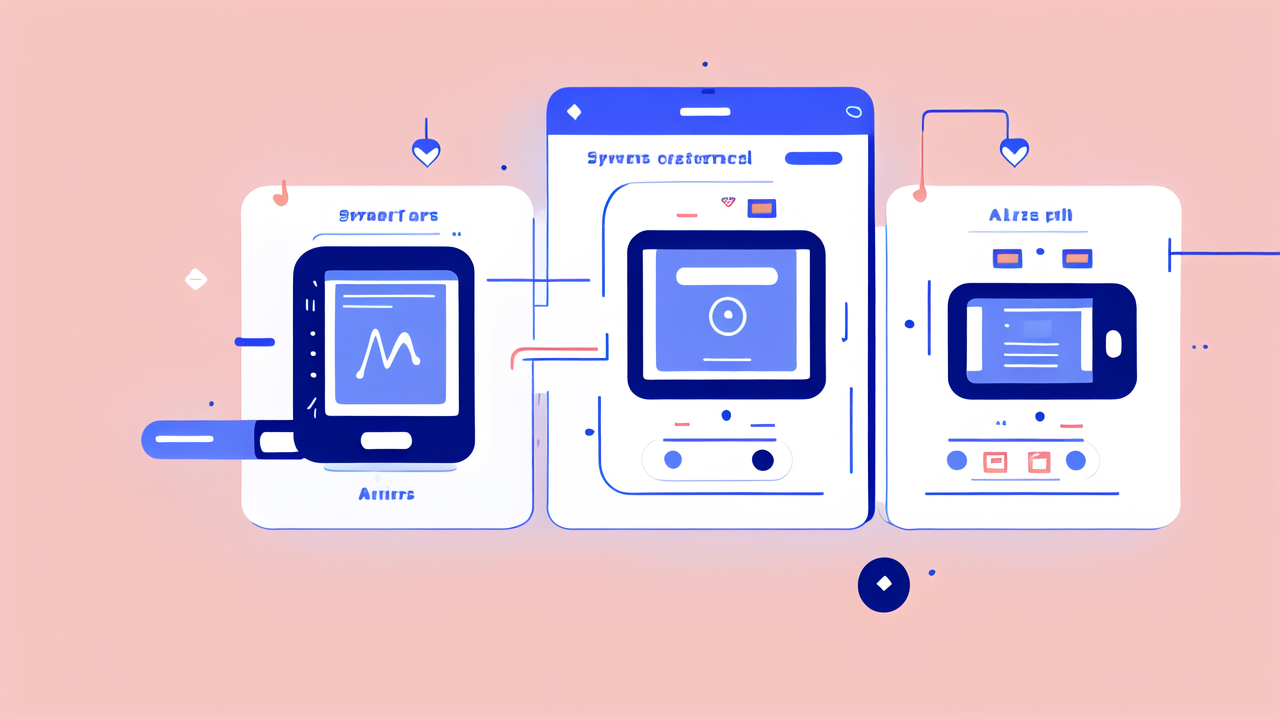Understanding the Smartwatch Landscape: An Overview
The Evolution of Smartwatches and Consumer Adoption Trends
Smartwatches have come a long way since their inception. They've evolved from simple digital watches to powerful wearable computers. The first smartwatches were basic, offering little more than time-telling and basic calculations. Today's models are far more advanced. They can track health metrics, display notifications, and even make calls.

Consumer adoption of smartwatches has grown steadily over the years. Initially, tech enthusiasts were the primary users. Now, smartwatches appeal to a broader audience. Fitness enthusiasts, health-conscious individuals, and busy professionals all find value in these devices. The increasing affordability and improved features have driven this growth.
Key Players and Market Share in the Wearable Technology Industry
The wearable technology industry is dominated by a few key players. Apple leads the pack with its Apple Watch series. Samsung follows closely with its Galaxy Watch line. Fitbit, now owned by Google, remains a strong contender in the fitness-focused segment. Garmin is popular among athletes and outdoor enthusiasts.
Other notable brands include Huawei, Xiaomi, and Fossil. These companies offer a range of options at various price points. Each brand has its strengths and target audience. Market share fluctuates, but Apple consistently holds the top spot.
Regulatory Considerations for Smartwatch Devices in the United States
In the U.S., smartwatches fall under the jurisdiction of several regulatory bodies. The Federal Communications Commission (FCC) oversees the wireless capabilities of these devices. The Food and Drug Administration (FDA) regulates smartwatches that claim medical functions.
Manufacturers must ensure their devices comply with these regulations. This includes obtaining necessary certifications and approvals. Privacy is another major concern. Companies must adhere to data protection laws when collecting and storing user information.
Innovative Features of Modern Smartwatches: Beyond the Basics
Advanced Health and Wellness Monitoring Capabilities
Modern smartwatches offer a wide array of health monitoring features. Heart rate tracking is now standard across most devices. Many can also measure blood oxygen levels and detect irregular heart rhythms. Some advanced models even offer ECG capabilities.

Sleep tracking has become increasingly sophisticated. Smartwatches can now analyze sleep stages and quality. Stress monitoring is another popular feature. Devices use heart rate variability to gauge stress levels. Some watches offer guided breathing exercises to help manage stress.
Fitness tracking remains a core feature. Step counting, calorie burn estimation, and workout detection are common. Many devices now offer more specialized metrics for various sports and activities.
Integration of AI and Machine Learning in Smartwatch Devices
Artificial Intelligence (AI) and Machine Learning (ML) are revolutionizing smartwatches. These technologies enable more personalized and predictive features. AI algorithms can analyze user data to provide tailored health insights and recommendations.
ML models improve the accuracy of activity tracking. They can automatically detect different types of workouts. Some watches use AI to optimize battery life based on usage patterns. Voice assistants like Siri and Google Assistant leverage AI for natural language processing.
In the future, AI could enable even more advanced features. This might include early disease detection or more accurate calorie tracking. The potential for AI in smartwatches is vast and largely untapped.
The Role of Connectivity and Social Networking in Smartwatch Ecosystems
Connectivity is a key feature of modern smartwatches. Most devices can connect to smartphones via Bluetooth. Many also offer Wi-Fi and cellular connectivity options. This allows users to stay connected even without their phones nearby.
Social networking features are becoming more common in smartwatch ecosystems. Users can share their fitness achievements with friends. Some platforms allow for friendly competitions or group challenges. This social aspect can increase motivation and engagement.
Smartwatches are also integrating with other smart devices. They can control smart home appliances or serve as a remote for media devices. This connectivity is creating a more seamless digital experience for users.
Selecting the Right Smartwatch for Your Health and Wellness Needs
Evaluating the Accuracy of Health Measurements in Smartwatches
Accuracy is crucial when it comes to health measurements in smartwatches. Different devices vary in their precision. Heart rate monitoring is generally reliable across most high-end devices. However, more advanced metrics like blood oxygen or ECG may be less consistent.

It's important to note that smartwatches are not medical devices. They can't replace professional medical equipment or diagnosis. However, they can provide useful data for tracking general health trends. Users should consult with healthcare professionals for interpreting this data.
When choosing a smartwatch, consider third-party accuracy tests. Look for devices that have been validated in scientific studies. Keep in mind that accuracy can vary based on factors like skin tone or movement.
Considerations for Interoperability with Existing Health Systems
Interoperability is an important factor to consider when choosing a smartwatch. Many healthcare providers now offer patient portals or apps. A smartwatch that can integrate with these systems can be very useful. It allows for easier sharing of health data with medical professionals.
Apple Health and Google Fit are two major platforms for health data integration. Many third-party health apps also connect with these platforms. Consider which ecosystem your other devices or preferred apps use. This can help ensure a seamless experience.
Some smartwatches offer direct integration with specific health management systems. For example, certain devices can sync data directly with diabetes management apps. If you have specific health needs, look for a watch that supports relevant integrations.
The Future of Smartwatches in the Health and Wellness Industry
The future of smartwatches in health and wellness looks promising. We can expect to see even more advanced health monitoring features. Non-invasive blood glucose monitoring is a highly anticipated development. Improved sleep analysis and mental health tracking are also likely.
Personalization will continue to improve. AI will provide more tailored health insights and recommendations. We may see smartwatches play a bigger role in telemedicine and remote patient monitoring. This could help improve healthcare access and reduce costs.
Privacy and data security will remain important considerations. As smartwatches collect more sensitive health data, protecting this information will be crucial. The regulatory landscape may also evolve to address the growing capabilities of these devices.




Leave a comment
This site is protected by hCaptcha and the hCaptcha Privacy Policy and Terms of Service apply.